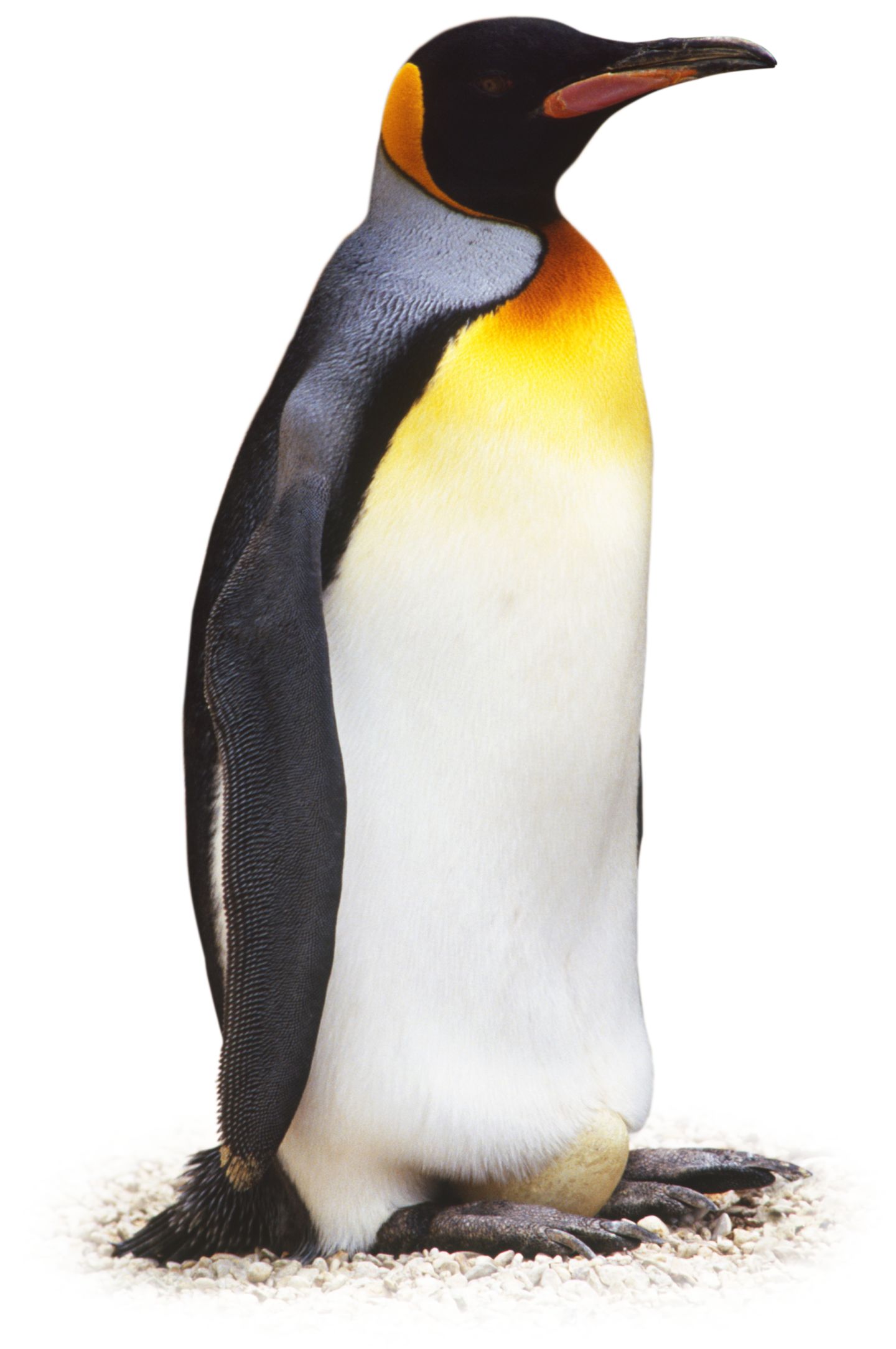2. Short Term - Sweating is a short term adaptation that occurs shortly after exposure to high levels of heat. Heat is released from the body as sweat rises from the skin and evaporates. As heat leaves the body, body temperatures cool down to maintain a lower body temperature.
Facultative - Vasodilation is when blood flow increases toward the skins surface. This is tied to how people turn red in the sun. Your body is bringing its blood flow closer to the surface in order for heat to exit the body easier from the blood.
Developmental - Bipedalism was one way humans adapted to heat. By walking upright you are exposing less of your body to sunlight. That is a possible reason that the human body chose to keep hair on the top of our heads and on the top/front side of our arms, legs, and hands/feet even after the human body lost majority of its hair through evolution. Hair helps protect the skin from the harmful UV rays.
Cultural - Wearing clothes was a cultural decision humans made that helps regulate body temperature. Less clothing keeps you cooler and more clothing keeps you warmer.

3. Understanding why the body functions the way it does in certain scenarios like how it has adapted to heat can be very useful to human survival. For example, by understanding how sweating cools the body maybe we can develop some sort of drug to help catalyst the process and help the body function more effectively at a higher temperature for a longer time.We can use this drug with people working in high temperatures or as an emergency type drug that hikers can carry or soldiers etc.
4. You can not use race to study the variation of adaptations I have listed above. All races sweat, all races are bipedal, all races can endure vasodilation, and any person of any race can put on any piece of clothing and experience the same effects. Therefore it is better to study the human body as a whole to better understand how we have developed these adaptions to increase our chances of survival. You can maybe look at the type of clothing some cultures wear such the long robe and head pieces that are worn in the middle east to help block sun rays, but what i am trying to say is that any person of any race can wear that piece of clothing and experience the same effects.



